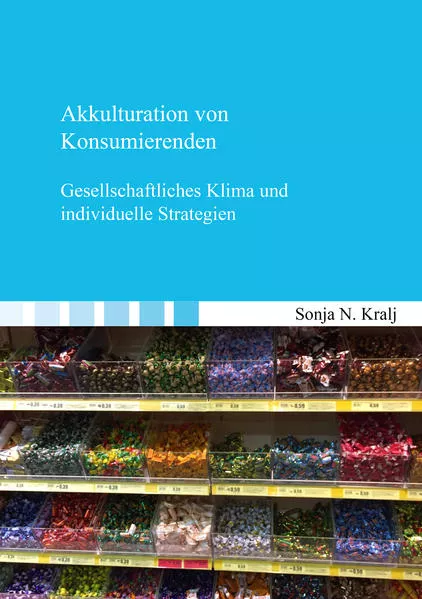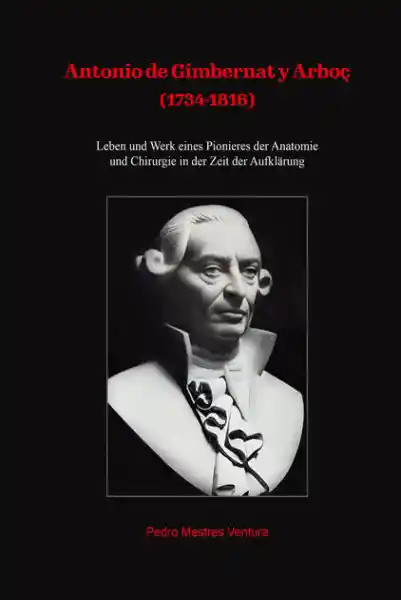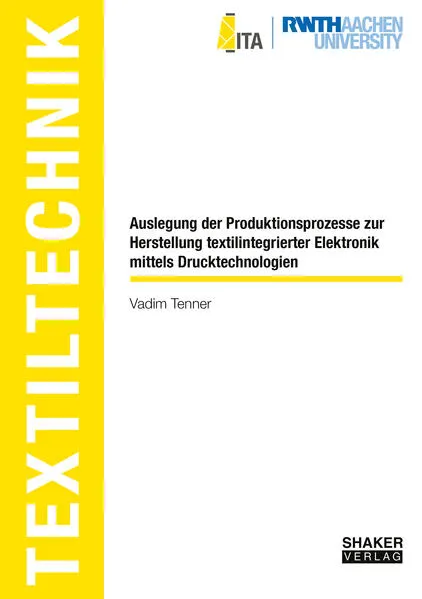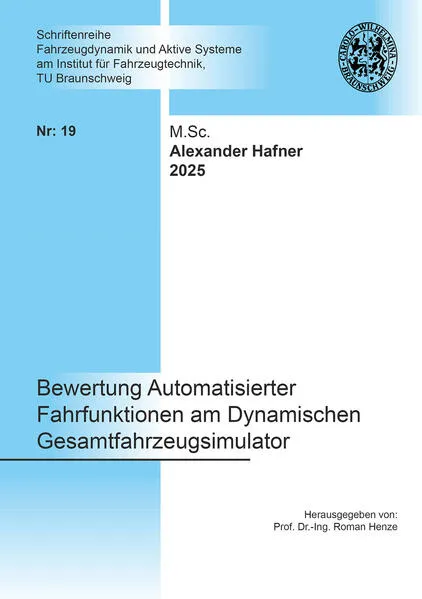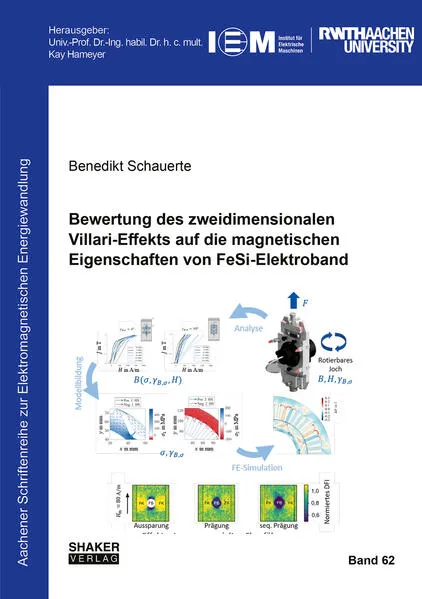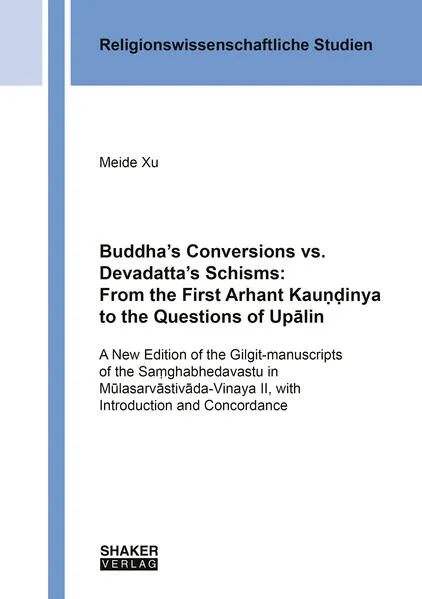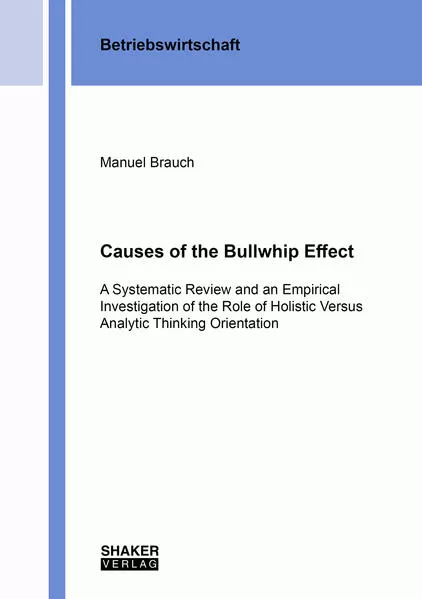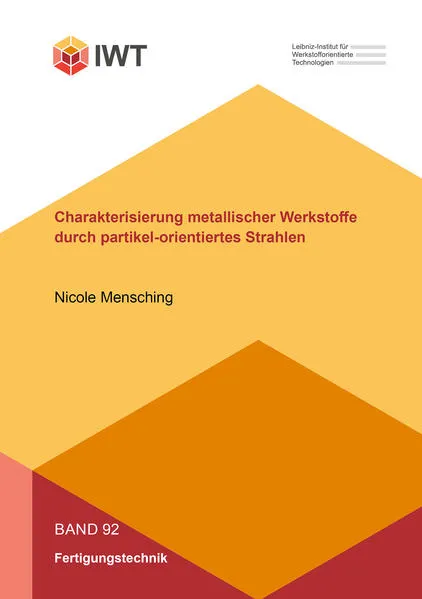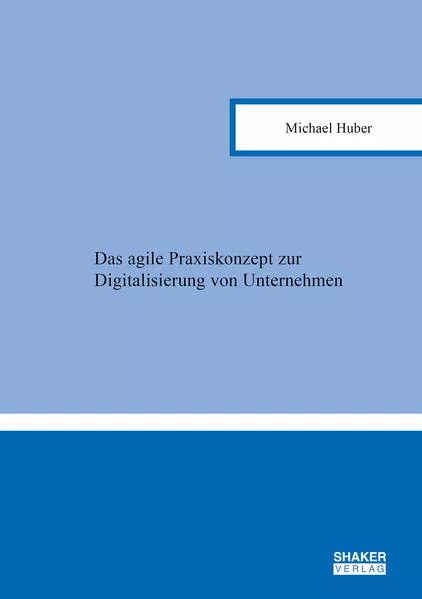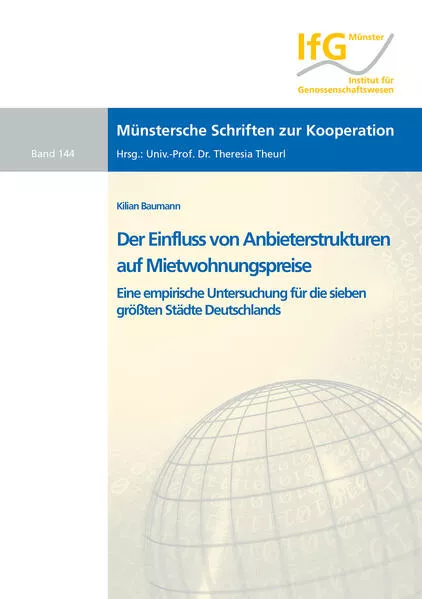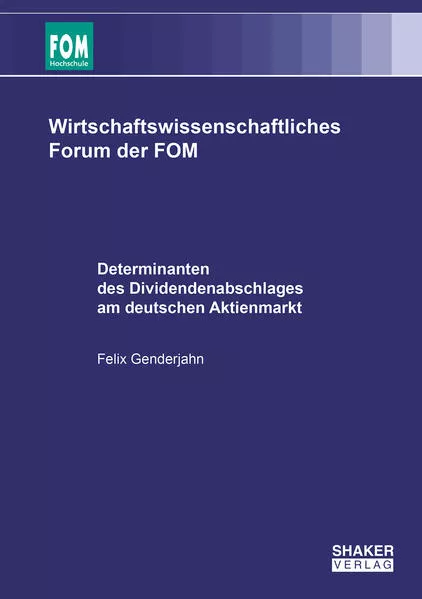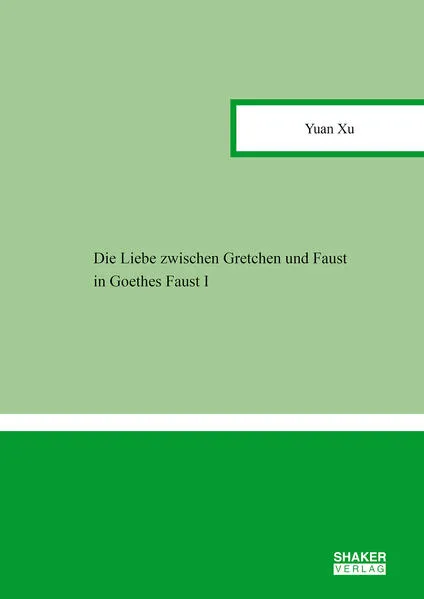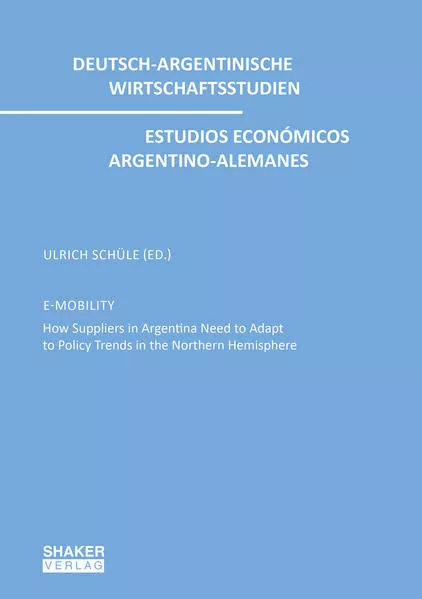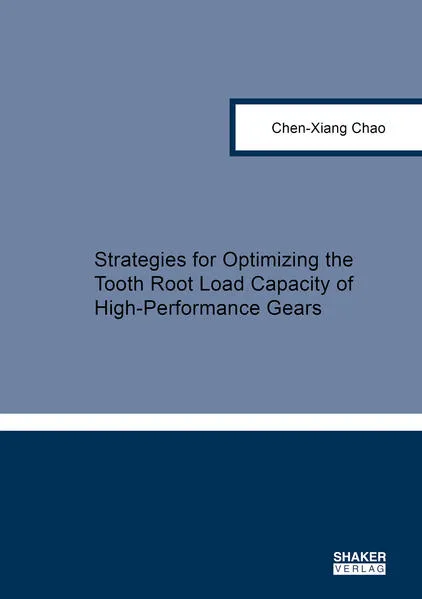
Chen-Xiang Chao
Strategies for Optimizing the Tooth Root Load Capacity of High-Performance Gears
ISBN: 978-3-844-08453-5
178 Seiten | € 48.80
Buch [Taschenbuch]
Erscheinungsdatum:
04.03.2022
Sonstiges
Chen-Xiang Chao
Strategies for Optimizing the Tooth Root Load Capacity of High-Performance Gears
In order to achieve greater efficiency, many modern applications such as geared turbofans require high-performance gearboxes with excellent reliability and low weight. The tooth root load capacity often is a limiting design criterion driving minimum face widths and hence the weight of gears. Consequently, strategies for optimizing the tooth root load capacity of gears are explored in this thesis.
Two methods for tooth root load capacity analysis are introduced and compared to each other with respect to their applicability to optimization problems. A study with 2D finite element models of unidirectionally loaded sun gears reveals that the local fatigue analysis method should be preferred over the common approach of minimizing the maximum tooth root stress, since applying both methods as optimization targets results in different tooth root shapes and a vast overestimation of safety gains when only tensile stresses are considered.
Due to alternating loading, planet gears usually have a lower tooth root load capacity than other gears. Additionally, they are often designed with thin rims making the gear body lighter but also more elastic. Therefore, the tooth root shape of a thin-rimmed planet gear is optimized to explore possible interactions. The results show that overly thin rims negatively affect the maximization of tooth root safety. Hence, it is necessary to conduct multi-objective optimizations of planet gears, which maximize tooth root safety and minimize mass simultaneously by optimizing tooth root shape, rim geometry and face width. The efficacy of this approach is demonstrated for 3D gear simulation models of spur as well as double helical planet gears. Pareto-optimal designs show significant improvements compared to the baseline design.
Two methods for tooth root load capacity analysis are introduced and compared to each other with respect to their applicability to optimization problems. A study with 2D finite element models of unidirectionally loaded sun gears reveals that the local fatigue analysis method should be preferred over the common approach of minimizing the maximum tooth root stress, since applying both methods as optimization targets results in different tooth root shapes and a vast overestimation of safety gains when only tensile stresses are considered.
Due to alternating loading, planet gears usually have a lower tooth root load capacity than other gears. Additionally, they are often designed with thin rims making the gear body lighter but also more elastic. Therefore, the tooth root shape of a thin-rimmed planet gear is optimized to explore possible interactions. The results show that overly thin rims negatively affect the maximization of tooth root safety. Hence, it is necessary to conduct multi-objective optimizations of planet gears, which maximize tooth root safety and minimize mass simultaneously by optimizing tooth root shape, rim geometry and face width. The efficacy of this approach is demonstrated for 3D gear simulation models of spur as well as double helical planet gears. Pareto-optimal designs show significant improvements compared to the baseline design.
Unterstütze den lokalen Buchhandel
Nutze die PLZ-Suche um einen Buchhändler in Deiner Nähe zu finden.
Bestelle dieses Buch im Internet
| Veröffentlichung: | 04.03.2022 |
| Höhe/Breite/Gewicht | H 21 cm / B 14,8 cm / 267 g |
| Seiten | 178 |
| Art des Mediums | Buch [Taschenbuch] |
| Preis DE | EUR 48.80 |
| Preis AT | EUR 48.80 |
| Auflage | 1. Auflage |
| Reihe | Berichte aus dem Maschinenbau |
| ISBN-13 | 978-3-844-08453-5 |
| ISBN-10 | 3844084533 |
Diesen Artikel teilen
0 Kommentar zu diesem Buch
.... weitere Publikationen von Shaker
Leserunde
Berlin Summer Love
Bewerbungsfrist bis zum: 12.01.2026



